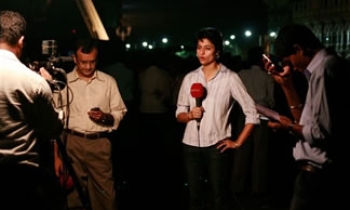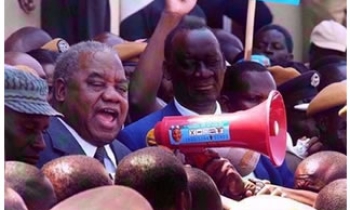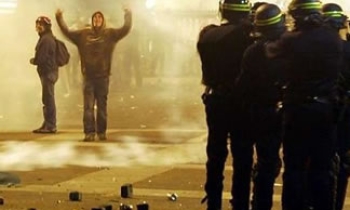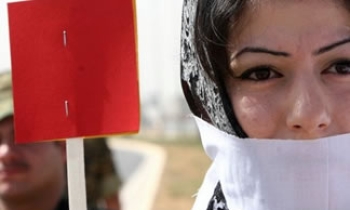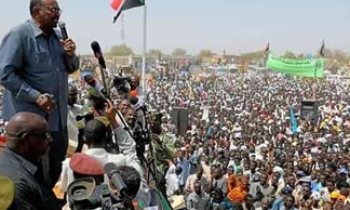LAHORE: There has been a major escalation in the incidents of attacks on media in general, including government attempts to muzzle the media, in Pakistan during May 3, 2006, to May 3, 2007, but the broadcast media in particular wrote a chapter in defiance by asserting itself despite the rising intimidation it faced, according to the Annual State of Pakistan Media Report 2006-07 released by Intermedia.
The report says that at least five journalists were killed, 17 were arrested or detained, 61 injured in physical attacks or tortured and 27 harassed while 11 cases of attacks on media property and 16 cases of official restrictions imposed on media to censor coverage or gag orders were reported during 2006-07.
The report says the nature of attacks and those of attackers continues to spread. It shows that there has been a dramatic increase in the level of violence and intimidation against journalists and media organisations in 2006-07 and the government authorities emerged as their greatest adversary being involved in arresting dozens of journalists and attacking and beating up many others. There has also been a discernable rise in the numbers of attempts by the government to stop and interrupt TV transmissions and even official written directives to TV channels to stop airing certain current affairs programmes and influencing content of others.
Others instances of influencing media content include banning publications, websites, shutting down radio stations, raiding presses, instituting cases against journalists, restricting media from going about their duties including aggressively keeping journalists out of large swathes of territories, particularly the tribal areas in the northwest bordering Afghanistan.
One of Musharraf regime’s consistent self-praises has been its policy of opening up the media space to private TV channels, the report says, adding that many argue that it was not a favor to the citizens but a right that had been denied for too many decades.
In the interim, leading to the judicial crisis in the spring of 2007, the Musharraf government has dealt with the private media, especially TV channels and radio stations, in the way the state always has – intimidation, coercion and violence, says the report. It, however, says that lessons from Pakistan’s media pluralisms are stark. In the global context of television media’s impact this is the most dramatic confrontation between a free media and an autocratic state since the Georgian “Rose Revolution” and is already defining a turning point in Pakistan’s future.
Citizens are finally getting information in real time on a mass scale with the result that every citizen is discussing and speaking in homes, offices and in streets about the judicial crisis. The broadcast media has assumed a critical conscience about its emergence as a major power wielder in Pakistan by its open on-air defiance of state coercion and by standing its ground and forcing an official retreat in the face of live finger-pointing.


